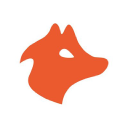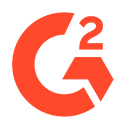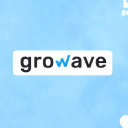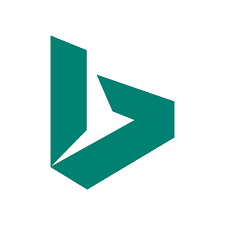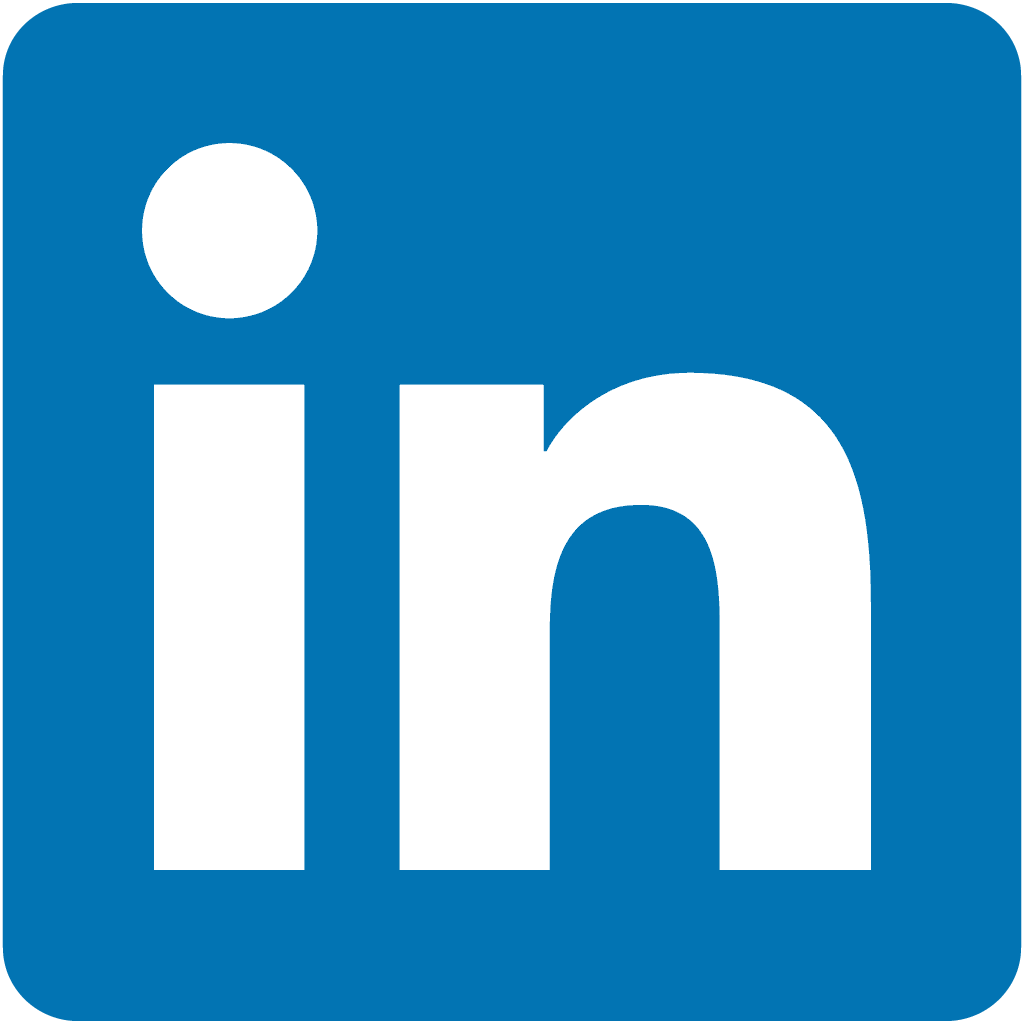How We Built A $110K/Month All-In-One Marketing App For Shopify Brands
Hello! Who are you and what business did you start?
Hi! My name is Eldar and I’m the founder of Growave - the best all-in-one marketing tool for Shopify brands. I would like to share a little about my story. At first, I studied at the university as a computer engineer but did not complete my studies. From the second year of my studies, I started to work as a developer and began my journey to a programming career. For three years, I worked for an IT company and it helped me understand how IT products are being developed and gain hands-on experience.
Later on, I started trying to launch my projects, and a few of them unfortunately failed. Finally, my third project called ThinkLab was successful and market-oriented. ThinkLab was primarily focused on outsourcing and we developed programs and solutions for SocialEngine. This project gave us a better understanding of how to work with customers and build teams.
At that point, our team grew to 15 members, and our company was primarily focused on a small niche. We achieved success and we became one of the top developers in our niche. In our fourth year, we realized that we wanted to try something else and develop a new product. Then we started experimenting, analyzing...

Download the report and join our email newsletter packed with business ideas and money-making opportunities, backed by real-life case studies.

Download the report and join our email newsletter packed with business ideas and money-making opportunities, backed by real-life case studies.

Download the report and join our email newsletter packed with business ideas and money-making opportunities, backed by real-life case studies.

Download the report and join our email newsletter packed with business ideas and money-making opportunities, backed by real-life case studies.

Download the report and join our email newsletter packed with business ideas and money-making opportunities, backed by real-life case studies.

Download the report and join our email newsletter packed with business ideas and money-making opportunities, backed by real-life case studies.

Download the report and join our email newsletter packed with business ideas and money-making opportunities, backed by real-life case studies.

Download the report and join our email newsletter packed with business ideas and money-making opportunities, backed by real-life case studies.


